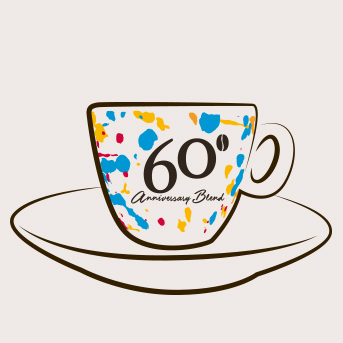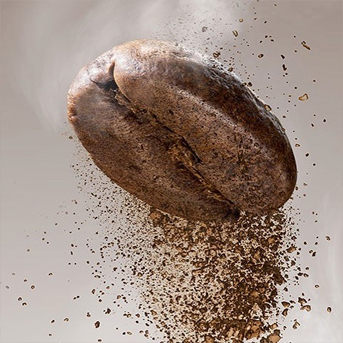Coffee and its flaws: how to recognize a quality product
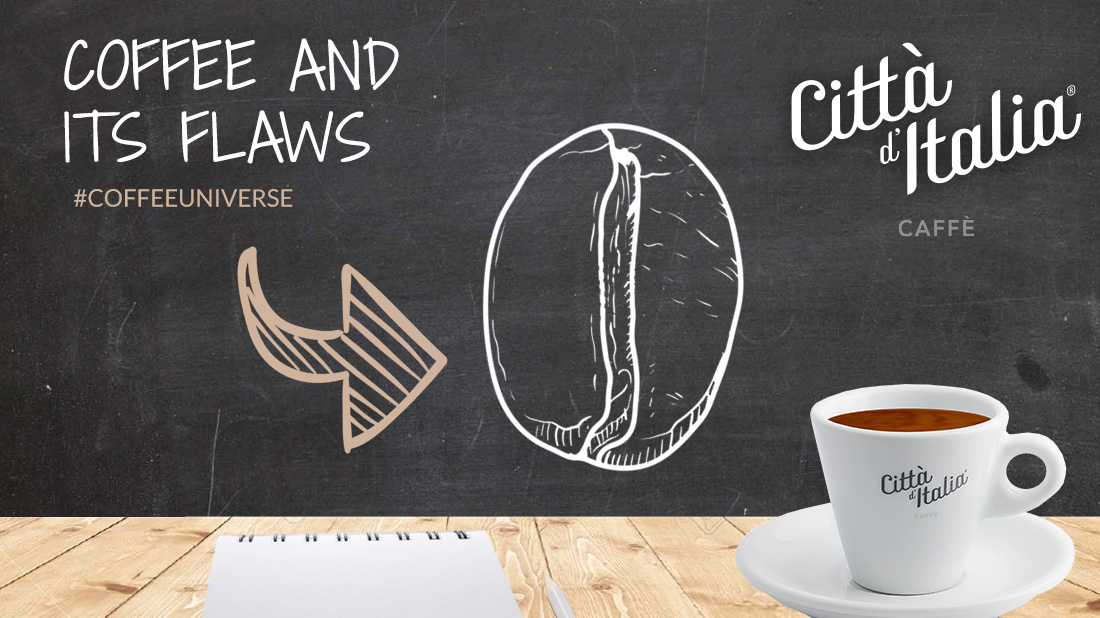
Since 1957 coffee has been our business and our passion. The craftsmanship of our production approach has allowed us, over time, to gain experience about the raw material that we toast and serve every day to thousands customers who have chosen Caffè La Messicana in Italy and all over the world.
We would like to extend the knowledge to all lovers of this well-known drink, so that it increases awareness in the selection of quality products which is our mission for over 60 years.
Let’s analyze this topic, discovering flaws of coffee and impurities since that it is good to know how to recognize them and that represent a classification method of green coffee. Green coffee flaws and impurities:

Full black bean
It is a black coffee bean both outside and inside.
Causes: later harvest of the fruit with respect to the ripening and / or prolonged stay of the bean on the ground.
Half black bean
The bean is partially black
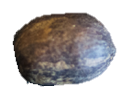
Pod or cherry
Whole dry berry that has not been crushed and cleaned.
Hull or husk fragment
Large when its volume is ¾ of a whole cherry;
medium when it is half of ¾ of a whole cherry;
small when the volume is less than half a ¾ of whole cherry.

Immature/unripe bean
Green berry’s bean that has not reached sufficient ripeness.

Sour bean
The bean has a color that can vary from yellow to dark brown, when the flaw is at the height of its exaltation (stinker). A typical characteristic is the glassy appearance. To understand if a bean is fermented, it must be broken and smelled to verify the presence of an unpleasant smell. It is common in washed coffees because of the manufacturing process.

Shell
The bean is empty in the core part. Deformity that looks like an ear or a shell.

Eaten bean, broca
Grains drilled by insects with one or more circular holes of 0.5-1.5 mm.
Causes: grains attacked by an insect called Hypothenemus Hampey known also as broca or caruncho.

Broken bean
It is a fragment less than ¾ of a whole grain.

Parchment bean
Bean that still has parchment.
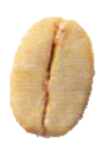
Floater
It is a grain that has first absorbed and then transferred humidity, so that it loses color, inflating and becoming soggy.
Diseased bean
Bluish-green grain, sometimes with a slight presence of mold.
Stick and stone
Large when its diameter exceeds 10 mm;
medium when its diameter is between 5 and 10 mm;
small if the diameter is less than 5 mm.
Quaker bean
Bean that has not reached a complete ripening due to poor irrigation, it is flexible and weak.
Undesirable bean
This category includes all malformed, irregular grains with flaws that cannot be classified in the other categories.
After this analysis, an obvious consideration: the lower the number of flaws, the higher the quality of our coffee. Once again, we reiterate that the production of a quality coffee is an art that cannot be improvised but requires experience, care and dedication. All the ingredients that Caffè La Messicana Piacenza owns to serve the best Italian espresso.



